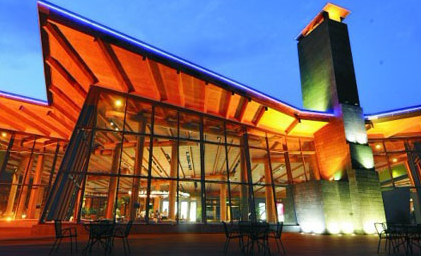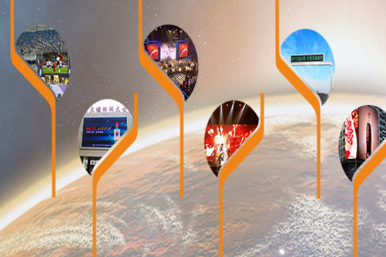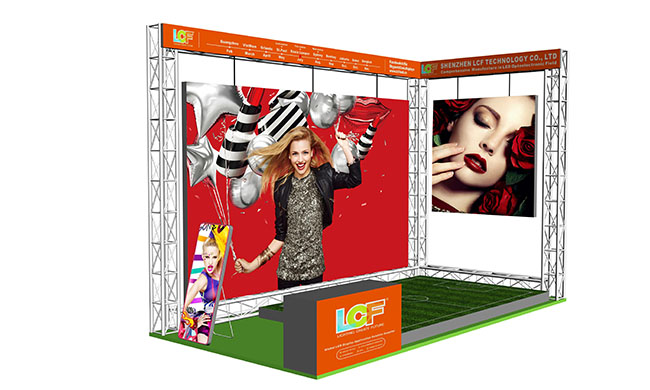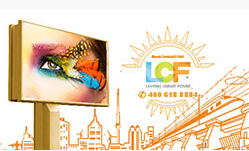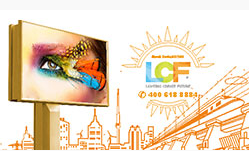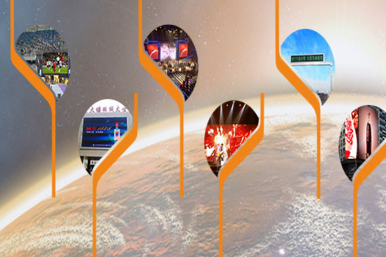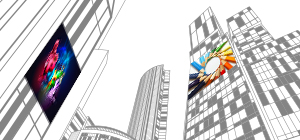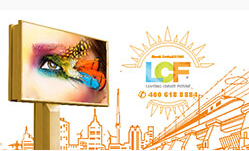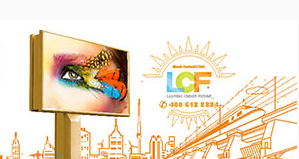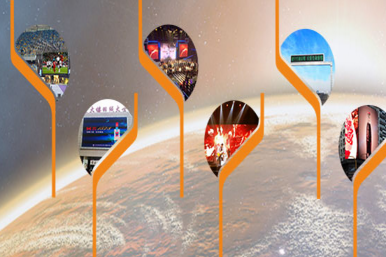Publisher: Supplier of LED Display Time: 2018-08-15 16:48 Views: 6267
According to data from relevant institutions, the commercial display market maintained high growth in 2017. The commercial display market in mainland China reached 47.5 billion yuan. Experts also have an outlook on the future commercial display market and predict that in 2018, the overall Chinese commercial display market will Reached a scale of 58.88 billion yuan. The huge potential of the commercial display market has made LED display companies who have tasted the sweetness rushed to increase their research and development productivity. LED displays represented by "small pitch" continue to compete with DLP and LCD in the market.
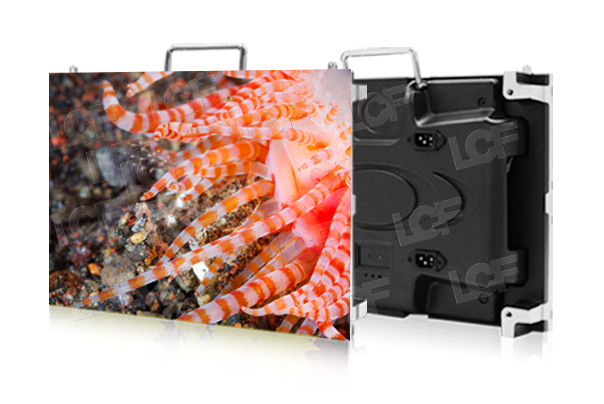
As we all know, compared to DLP and LCD products, the biggest advantage of LED displays is that they can achieve seamless splicing and are not affected by area. But whether it is LED, DLP, or LCD, they also have their own product limitations. At present, the biggest problem that plagues LED displays is still the problem of dead lights. The LED display screen with discrete devices is doomed to dead light, which is inevitable. Moreover, due to fierce competition in the industry, prices have to a large extent become the main means of competition for companies. In order to ensure profits, companies can only control costs more strictly in the process of producing LED displays. From product design to manufacturing, they have tried every means to "cut corners", thereby exacerbating the quality problems of LED displays.
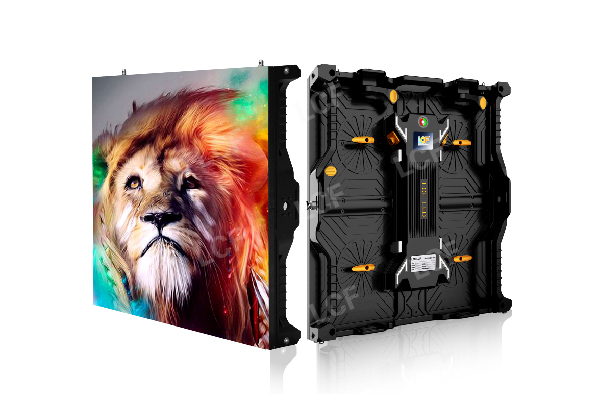
To say bluntly, many of our LED display manufacturers deal with a certain customer with a "one-shot" deal. Nowadays, despite the shrinking spacing of LED displays, high-definition and intelligentization have become the development trend. The industry hopes that products with smaller spacing and more competitive products will get a bigger cake in the field of commercial display, but if the lamp is dead , That is, the reliability of the product cannot be effectively solved, let alone a bigger cake, the hard-working LED display in this market may gradually collapse.
Some of our companies are also aware of this problem. In order to solve this problem, they have also invested huge human resources and financial resources, but the effect is not very satisfactory. Some will focus on the continuous improvement of small spacing, while others will blaze a new trail and focus on COB.
The prosperity of the commercial display market has provided us with huge business opportunities for LED displays. In addition to the dead light problem of the current LED display, there are also big problems in the display effect and the perception experience. Compared with DLP and LCD, LED display as a kind of "sharp" display product is not "close to the people" in this respect. Especially in terms of price, it does not have any advantages. Moreover, LCD can be said to have a natural advantage for the current development trend of "touch screen" in the commercial display market. With such advantages, LCD can be said to have rejuvenated its "second spring" in the commercial display market. It is foreseeable that the future competition in the commercial display market will be a competition that integrates many factors such as display effect, experience comfort, and price.
Therefore, in the future, if our LED display wants to develop in this market for a long time, it is absolutely urgent to solve the reliability problems of display effect, dead light and so on. This has become a problem that our LED display companies must overcome.
